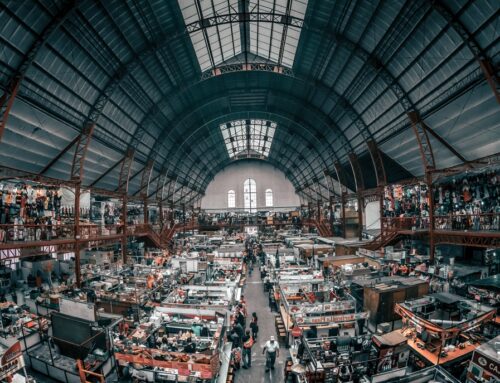As fire raced across the floors of Neo200, a high-rise apartment in Melbourne’s CBD, pieces could be seen falling off the building in a scene that was eerily similar to London’s Grenfell Tower tragedy.
The Spencer Street building has the same aluminium composite cladding material that was on the ill-fated Grenfell Tower. The 2014 fire in Lacrosse Tower in Docklands Melbourne had sparked serious concerns over aluminium cladding that is commonly used in building across Australia for decades.
This latest incident is bound to have widespread implications as public fears regarding cladding material increases. Minister for Industry, Science and Technology Karen Andrews said, “While I am relieved residents at the Spencer Street high-rise apartment building were safely evacuated, I recognise the impacts these events have on residents, owners and the wider Australian community.”
Mervyn Rea, Head of Risk Engineering, Zurich Australia & New Zealand believes that the latest event is another all-too visible reminder that we cannot be complacent about this risk, “The reality is that it’s unlikely we will see wholesale removal and replacement of these panels in the short-term, so the focus therefore needs to be on management and mitigation strategies to ensure they don’t catch fire in the first place.”
“With sensible and proactive risk management, with a focus in particular on education around the dangers of smoking, BBQs and other ignition sources, we can hopefully prevent incidents like this happening in the future.”
“The key for building owners is not to put their heads in the sand. It’s vital they talk to their insurers, brokers and risk consultants to get appropriate risk mitigation strategies in place.”
Post the Docklands and Grenfell Tower incident, policies and procedures in Australia regarding cladding have been updated including the Victorian Cladding Taskforce and NSW’s Fire Safety and External Wall Cladding Taskforce. Under the new laws, owners of certain buildings with combustible cladding are now required to register their building with the NSW Government through a NSW Cladding Registration portal, you can read our previous posts on the topic here and here. A Building Ministers’ Forum’s Building Confidence report was also commissioned in 2017, to examine the compliance and enforcement problems that undermine the safety of our built environment
It is a topic that the insurance industry has been following keenly and a panel of leading experts discussed the risks as well as the future and the present challenges related to the issue at the 2018 NIBA Convention in Tasmania. The panel concluded that cladding has changed the perception of risk in real estate and with so much focus on buildings, an impact is being felt by professionals and consultants regarding professional indemnity insurance.




